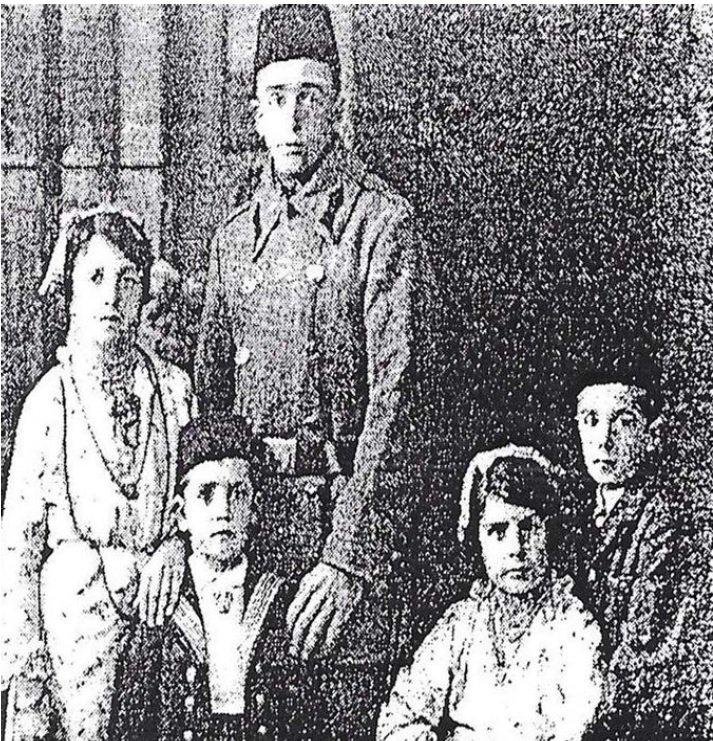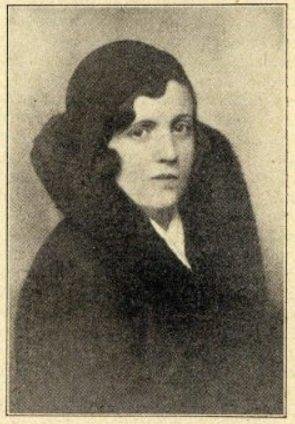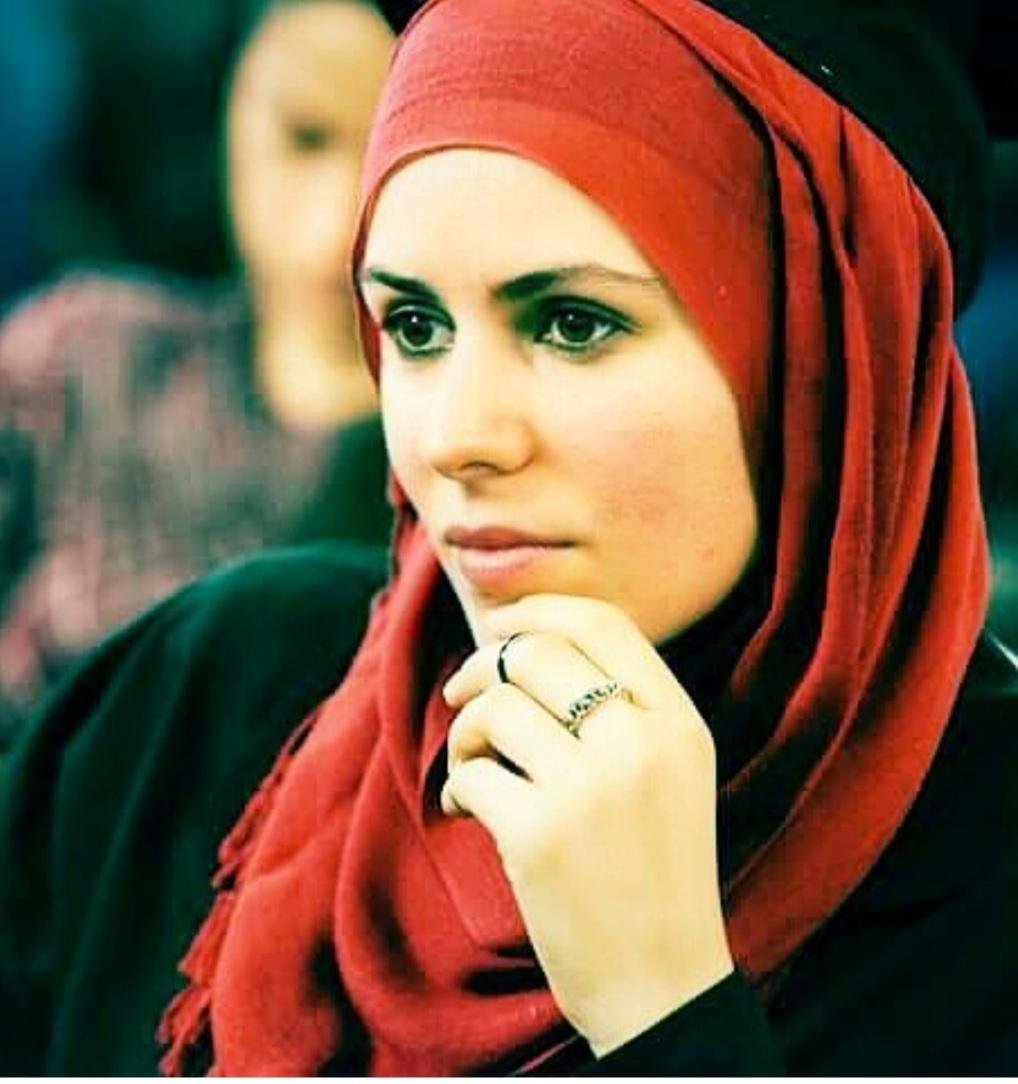
Dr Sevala Zildzic Iblizovic – The First Muslim Woman Doctor in the Former Yugoslavia
Muslims in the Balkans make up a significant part of the population, especially in Bosnia and Herzegovina, Albania, Kosovo, Northern Macedonia, Montenegro, and Serbia. Islam has been present in this part of Europe since the Ottomans (14th to 19th century), eventually it became the dominant religion in certain areas of society.
In 1903, Bosnia and Herzegovina and its capital- Sarajevo was transitioning both socially and politically. The Ottoman Empire, which was meeting its end, withdrew from the Balkans, and Austro-Hungary took over, introducing many novelties, including obligatory education for all except for the girls. Patriarchy permeated both European and Bosnian society, resulting in treating female education as irrelevant.
There were “Girl’s schools” that were only a few years long in duration of study and limited, and the high schools or gymnasiums were only accessible to boys, and they were usually named so- “Man’s high school” or “Man’s Gymnasium”. The aforementioned year, 1903, is also known as the year when the first female doctor in former Yugoslavia- doctor Sevala Zildzic Iblizovic was born[1]. She hailed from a well-known Sarajevo family- the Zildzic, who were renowned for brass work. Sevala was highly inspired by her family members who were well educated.

Dr Selava: From the journal “Women’s movement” 1932[2]
At the University she met her husband– who studied philosophy but inspired by Sevala’s passion for medicine, he transferred to the Medical Faculty. They decided to get married while pursuing their studies, and in 1931 they both successfully graduated , becoming the first Muslim couple medical doctors, but for Sevala that also meant becoming the first Muslim female doctor of medicine in the Balkan[5]. Sevala’s inspiring story caught the attention of the global media and The New York Times featured Sevala’s success[6].
She worked as a teaching assistant at the University of Zagreb. She was offered a promotion but she decided to return to Sarajevo, where she couldn’t get a job for the next two years. Later on she did her residency at the City Hospital, and became a specialist in gynecology and pediatrics. As per the Bosnian Futures Foundation she visited patients privately during WWII and facilitated birth in their homes since the hospitals were closed, regardless of ethnicity, social status, or the political and religious affiliation of women.[7] She was known for her humanitarian work and volunteered in various humanitarian organizations and at one point voluntarily worked as a librarian and an archivist of the local branch of the Women’s Movement.
Footnotes:
- Ševala (first from the left) with her brothers and sister in the first picture above: https://www.bhfuturesfoundation.org/sevala-zildzic-iblizovic-en accessed on 03 of March, 2025
- https://www.bhfuturesfoundation.org/sevala-zildzic-iblizovic-en accessed on 20.03.2025
- The Rais-ulama is the Supreme Authority and the Grand Mufti of the Islamic Community in Bosnia-Hercegovina.
- https://balkans.aljazeera.net/opinions/2019/12/21/historijski-razgovor-reisa-causevica-i-djevojcice-sevale accessed on 03 of March, 2025
- https://www.bhfuturesfoundation.org/sevala-zildzic-iblizovic-en accessed on 02 of March, 2025
- Tim novinara Magazina StartBiH. „Ševala Zildžić-Iblizović, prva Bošnjakinja doktorica: Partizanka s fildžanom u Evropi“. // StartBiH, 18. oktobar 2005; p. 56.
- Ibid.
ABOUT THE AUTHOR:

Amina Šemsović Madzgalj has obtained a BA and an MA in English Language and Literature at the University of Kragujevac and University of Novi Pazar, Serbia. Her civic activism earned her a scholarship for the European Regional Master’s Programme in Democracy and Human Rights (joint degree) at the University of Bologna and the University of Sarajevo. After her graduation in 2016, she gained extensive experience in the field of human rights through numerous training programs, projects, and summer schools. In 2018, she was awarded a fellowship at the Office of the UN High Commissioner for Human Rights. As a representative of the Bosniak and Muslim minority in Serbia, she spent a month in Geneva, where she participated in several OHCHR-led activities and the 11th and 13th sessions of the Forum on Minority Issues. She now lives and works in Switzerland.



